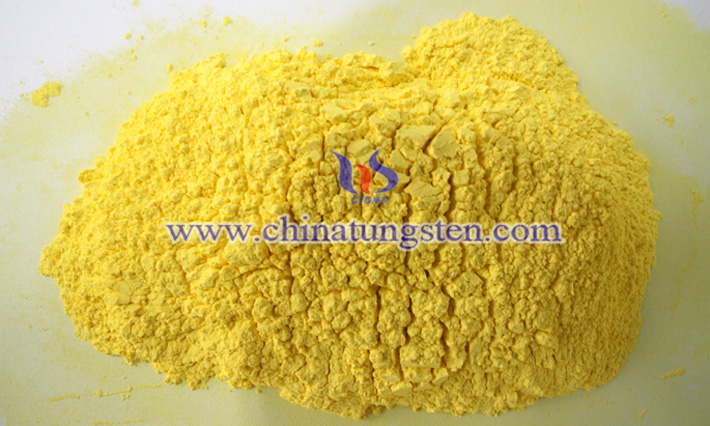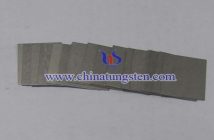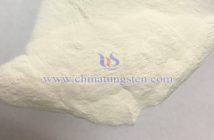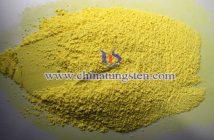As an important compound of the rare metal molybdenum, molybdic acid is a colorless triclinic or yellow monoclinic solid powder formed by combining molybdenum trioxide (MoO?) and water in a specific ratio. It is a hydrated molybdenum oxide composed of hydrogen ions (H?), hydroxide ions (OH?), and molybdate ions ((MoO?)2?). Its English name is Molybdic Acid, with a molecular formula typically of MoO?·2H?O, a molecular weight of 179.97, and a CAS registry number of 7782-91-4.

The solid form of molybdic acid is a coordination polymer. MoO?·H?O consists of layers of octahedral MoO?·H?O units sharing four vertices, while MoO?·2H?O has the same layered structure with additional interlayer "extra" H?O molecules.
Molybdic acid appears as a white or slightly yellow monoclinic columnar crystal or powder, with a melting point of approximately 300°C and a density of about 3.1 g/cm3. It is slightly soluble in water (0.26 g/100 mL) and strong acids, but soluble in alkaline solutions, ammonia water, alkali metal carbonate solutions, and hydrogen peroxide solutions. When dried in sulfuric acid or heated to 65–70°C, it loses its crystal water to become an anhydrous compound. It has poor thermal stability (easily forming MoO? upon ignition), exhibits good catalytic properties, and has strong oxidizing capabilities (reacting with reducing agents like hydrogen sulfide or sulfur dioxide to produce deep blue molybdenum blue).

The production of molybdic acid involves the following steps: first, treating a molybdenum source such as sodium molybdate with an alkaline solution, followed by ion exchange to remove impurities; then heating, adding hydrochloric acid with stirring, and finally filtering, washing, and drying to obtain the desired product. This production process is advantageous due to its adaptability to various raw materials, simple workflow, and environmental friendliness.
Molybdic acid is used not only to produce other molybdenum compounds such as molybdates and molybdenum oxides but also to manufacture molybdenum-based catalysts, blue ceramic glazes, coatings, watercolor pigments, and pharmaceuticals. Additionally, in analytical chemistry, it is used for the quantitative analysis of phosphorus, phosphates, and aluminum.



